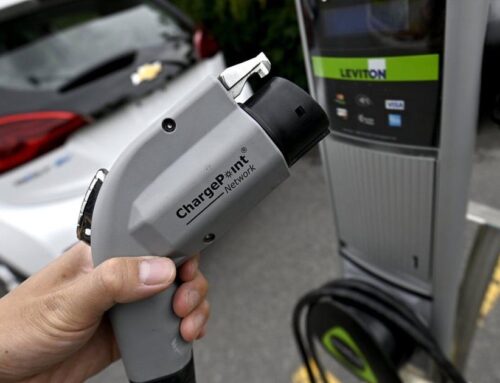Ask Eartha: What factors determine energy bills?
July 6, 2025
Dear Eartha, what determines how much we pay for electricity and natural gas in our homes?
Locally and nationally, there’s been a lot of talk about energy affordability lately. But what actually goes into our energy bills, and how much control do we have over what we’re paying? Take a few minutes to study your bill and you’ll realize the answer is more complicated than the kilowatt hours of electricity or therms of natural gas you use.
A closer look at your energy bill
The primary factor influencing your energy bill is, unsurprisingly, energy consumption. You also help to pay for infrastructure upgrades, like new wind farms, transmission lines or pipelines. And, if you’re an Xcel Energy customer like me, you’ll see line items that fund energy efficiency and electrification programs approved by the Colorado Public Utilities Commission. For those curious, these charges are defined on the last page of your bill and on Xcel’s website.
Keep in mind that Xcel Energy is a regulated utility in Colorado. That means the rates and charges we pay have to be approved by the Colorado Public Utilities Commission before any changes can be made to customers’ bills.
Beyond the bill – commodity pricing and federal policy
Another factor influencing your bills is the wholesale cost of fuel and purchased energy. In Xcel’s case, these costs are adjusted quarterly and directly passed onto customers. Even though Xcel does not profit from these charges, they can have a significant impact on our bills. How? Because fuels like natural gas – used for both electricity generation and heating buildings – are subject to variables like weather and market conditions. Remember winter storm Uri? The February 2021 event had a huge impact on gas prices across the central U.S. and Colorado. Demand for gas spiked, supply dropped and prices increased as a result. In Colorado, the public utilities commission allowed electric and gas utilities to recover these extraordinary costs by adding an additional fee to customer bills for a limited amount of time.
Federal policy can also impact energy costs. Consider some of the changes to tax law just passed by Congress. Tax credits for solar and wind energy projects are being phased out years sooner than anticipated. At the same time, electricity demand is surging across the country. Building any type of new power plant takes time, but solar, wind, and batteries are the fastest to deploy. Burning natural gas for electricity is generally cleaner and more efficient than coal, but manufacturers of natural gas turbines are facing supply-chain backlogs of up to five years. The likely impact of all of this is higher energy bills — if renewable electricity projects cost more to build, then the cost of electricity will be more expensive. And it doesn’t really matter how much natural gas you drill or frack if a lack of turbines means new natural gas power plants are slow to come online — a limited supply of electricity in the face of increasing demand will simply increase costs.
Invest in the negawatt
With so much outside influence on our energy bills, how can we take control? By investing in the cleanest, least expensive form of energy: the negawatt, or the energy we don’t use. Energy efficiency is one of the best ways to hedge against future energy cost increases, because when you use less, you pay less. You’re also likely to make your home more comfortable at the same time.
How to get started? Get a home energy audit. These diagnostic assessments are the best way to figure out where your home is inefficient, so you can follow through on the recommendations and make strategic improvements. Even with federal tax credits for home efficiency projects sunsetting at the end of this year, the High Country Conservation Center offers incentives for energy efficiency and electrification projects. And for a limited time, High Country Conservation Center will cover 100% of eligible project costs up to $5,000 for full-time residents who earn up to 150% of the Area Median Income. Xcel Energy offers a number of rebates, too.
It’s easy to feel powerless in the face of policy and regulatory changes, whether state or federal. But without sacrificing comfort or breaking the bank, you do have the power to use less power.
Search
RECENT PRESS RELEASES
Related Post


